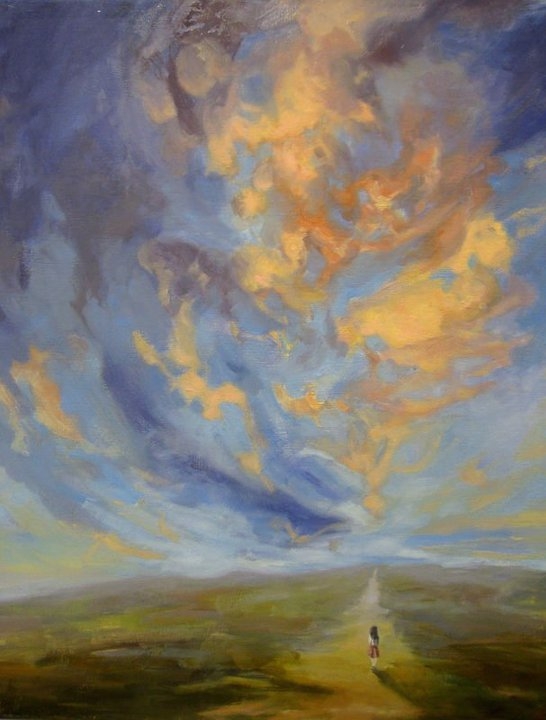rest
by Kevin Lewis O'Neill

El Shaddai is one of postwar Guatemala’s loudest, most successful Neopentecostal churches. With dozens of satellite churches throughout the Americas, with 25,000 parishioners throughout Guatemala, this mega-church pushes a predictably Pentecostal proposal: restoring the city for Jesus while preaching the good news to all nations. An observably active congregation has answered this call, with parishioners dividing their days into hours and their hours into minutes—all for the glory of God. Thematized months organize this collective effort. There is the month of evangelism. There is the month of divine healing. And, There is the month of praying for the nations. This is a vigorous kind of spirituality, one committed to action and to results.
Considering the seemingly unending energies of such Pentecostal labor, it is intriguing that a central component of most every Pentecostal political program, is rest—that is, planned relaxation and respite. To be sure, rest gets its own special monthly accord, but as with calls for collective effort and evangelism, rest is a practice supposedly superseding any month-bound allotment, stringing together your everyday. While Pentecostal restfulness mixes today with neoliberal regimes of self-help, it is important to stress that rest—that is, the activity of inactivity—has been a recognizable spiritual practice for millennia. Think the Sabbath and the Lord’s Day. Think Genesis 2:2, “and he rested on the seventh day from all his work that he had done.” Rest is an observation that complicates popular understandings of spirituality as a mode of religious activity.
Sometimes spirituality emerges through the very absence of activity. Yet for it to become spirituality, it cannot be an absence. Spirituality is practice, making inactivity itself a rather arduous spiritual pursuit. The following is taken from Protestant Spiritual Exercises: Theology, History, and Practice (Church Publishing, Inc., 1999, pages 82-83). A representative selection taken from a dense archive, the following imperatives begin to explain why El Shaddai might set aside an entire month to rest. Beyond the theological, beyond the liturgical, the spirituality of rest takes considerable time and effort to pursue.
Relaxation Instructions
1. Find a comfortable place on the floor lying on your back. (People who prefer to remain in a chair for health reasons or personal comfort should be invited to do so). Make certain there is amble room for you to move your arms and legs. If you are doing this with a group, make certain you will not be encroaching on the space of people next to you. Take a few moments to notice your body and how it feels. How does your clothing feel? Is anything too tight around your waits or your neck? Loosen tight-fitting close as appropriate until you feel comfortable.
2. Now take a few moments to check on your emotional space. Are you preoccupied with anything? A work project? A relationship? If you feel preoccupied with something, take a few moments and give this over to God for the duration of the exercise. Whatever it is, you can return to it at a later time.
3. Now take a few moments to simply enjoy the quiet. If you have experience with centering yourself, take time now to do that. If you do not have that experience, simply notice the change in the room from activity to quiet. You may notice sound outside the room or the breathing and rustling of others in the room. Notice these sounds and allow yourself to notice again the contrast between activity and quiet. If you feel comfortably closing your eyes and you have not already done so, feel free to close your eyes. If you feel uncomfortable with your eyes closed, stare at a fixed point on the ceiling (if lying down) or floor (if seated).
4. We will begin now the relaxation exercise starting with our fingers and hands. Clench your hands tightly into fists. Feel the tension in your fingers and hands as you make a fist. Hold the tension. Concentrate on the tension. And now relax and feel the contrast between tension and relaxation. Once again clench your hands into fists. Feel the tensions in your fists. Hold the tension. Concentrate on the tension. And now relax and feel the contrast between tension and relaxation.
5. Now with your arms down along your side, stretch your arms straight out. Feel the tension along your arms as you stretch them straight out. Hold the tension. Focus on the tension. And now relax. Enjoy the contrast between tension and relaxation. Now hold your arms straight out and feel the tension in your arms while letting your fingers and hands remain relaxed. Hold the tension. Focus on the tension. And now relax. Enjoy the contrast between tension and relaxation.